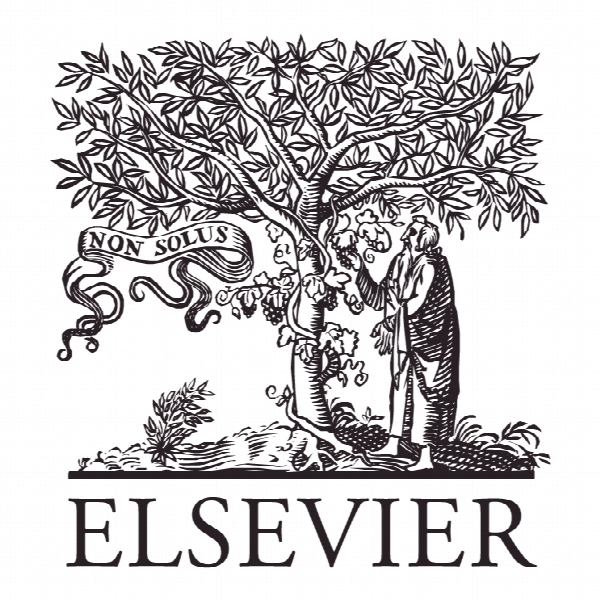تضعیف عدم تقارن اطلاعات از طریق تضمین پایداری: نقش حسابداران و سطوح اطمینان Mitigating information asymmetry through sustainability assurance: The role of accountants and levels of assurance
- نوع فایل : کتاب
- زبان : انگلیسی
- ناشر : Elsevier
- چاپ و سال / کشور: 2017
توضیحات
رشته های مرتبط مدیریت
گرایش های مرتبط مدیریت کسب و کار MBA
مجله مروری بر کسب و کار بین المللی – International Business Review
دانشگاه University of Salamanca
نشریه نشریه الزویر
گرایش های مرتبط مدیریت کسب و کار MBA
مجله مروری بر کسب و کار بین المللی – International Business Review
دانشگاه University of Salamanca
نشریه نشریه الزویر
Description
1. Introduction For some years, there has been a consistent belief that traditional financial reports do not adequately represent the different dimensions of corporate activity, resulting in additional non-financial measures of performance (Simnett, Vanstraelen, & Chua, 2009). This has led companies worldwide to disclose non-financial information, among which it is possible to note the general use of stand-alone reports regarding social and/or environmental concerns, termed sustainability reports. There is no regulation that requires the disclosure of this information and companies publish their sustainability reports voluntarily. This voluntary disclosure can be conceived as a viable mechanism through which firm-specific information improves its usefulness and accuracy (Cho, Lee, & Pfeiffer, 2013). It provides value relevance information for analysts, thus reducing their forecast errors; in particular, it increases the accuracy of information and reduces information asymmetries (Glaum, Baetge, Grothe, & Oberdörster, 2013) by turning private into public information, minimizing the differences between informed and uninformed stakeholders (Diamond & Verrecchia, 1991). However, the considerably growing trend for sustainability reporting in recent decades has not been accompanied by an increase in information credibility and accuracy due to the sense of a lack of consistency and completeness of sustainability reports (Adams & Evans, 2004). In the context of this lack of credibility, stakeholders demand external assurance (Zorio, García-Benau, & Sierra, 2013) as a means of enhancing the degree of confidence in the outcomes of the evaluation of particular subject matter. Thus, assurances tend to be used to provide greater confidence in the accuracy of reported information (Carey, Simnett, & Tanewski, 2000), expecting that information asymmetries will be lower given the lower dispersion in analysts’ forecasts (Shroff, Sun, White, & Zhang, 2013); it is this notion that is tested in this study. Assurance is not a legal requirement and there is no universal standard, leading to differences that make it relevant to study the “who”, “how” and “what” in relation to assurance. Regarding the “who”, in the sustainability assurance market, both accounting professionals and specialist practitioners can assure sustainability reports, but some authors suggest differences between them. While other assurance providers (e.g. sustainability consultants) possess a higher level of subject matter expertise (Simnett et al., 2009), Big N firms (accountants in general) have made significant investments in training their professionals on sustainability issues, with the aim of providing high-quality assurance statements (Hodge, Subramaniam, & Stewart, 2009). These characteristics have led to the expectation that information asymmetries will be lower when the assurance service is provided by accounting professionals. Another relevant attribute of the assurance process is the level of assurance (the “how” aspect), which indicates the extent of practitioners’ work and therefore the degree of confidence in the sustainability report assured. In general, two levels are offered, “reasonable/ high” and “limited/moderate”, according to the standard followed by the practitioner. Reasonable assurance engagement communicates a higher level of verification than the limited level, so more rigour is expected in the assurance process (Hasan, Roebuck, & Simnett, 2003). It is expected that the information asymmetries will be lower when the assurance concludes that the sustainability reporting is at a reasonable/ high level.


